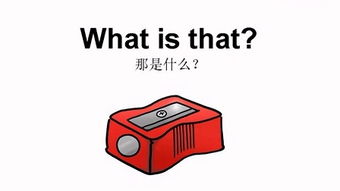What is Tone?
Tone, in the context of communication, refers to the attitude or feeling conveyed by a speaker or writer. It is an essential element that can greatly influence how a message is received and interpreted. Understanding tone is crucial in various forms of communication, from casual conversations to professional correspondence. Let’s delve into the different dimensions of tone and how it affects communication.
Types of Tone

There are several types of tone that can be conveyed through words, voice, or body language. Here are some common ones:
| Type of Tone | Description |
|---|---|
| Formal | Used in professional settings, formal tone is characterized by a respectful and polite manner. It often involves using formal language and avoiding slang or colloquial expressions. |
| Informal | Informal tone is more relaxed and conversational. It is commonly used in personal relationships and among friends. Informal language, slang, and humor are often included. |
| Positive | A positive tone conveys optimism, enthusiasm, and approval. It is often used to encourage, praise, or express happiness. |
| Negative | A negative tone expresses disapproval, frustration, or sadness. It can be used to criticize, complain, or express disappointment. |
| Neutral | Neutral tone is unbiased and objective. It is used to convey information without expressing any personal opinions or emotions. |
Importance of Tone in Communication

The tone of a message can significantly impact how it is perceived by the recipient. Here are some reasons why tone is important in communication:
-
Clarity: A clear tone helps ensure that the message is understood correctly. Ambiguous or confusing tones can lead to misunderstandings.
-
Effectiveness: The right tone can make a message more effective. For example, a positive tone can encourage and motivate, while a negative tone can discourage and frustrate.
-
Relationships: Tone plays a crucial role in building and maintaining relationships. A respectful and friendly tone can foster positive interactions, while an aggressive or condescending tone can damage relationships.
-
Professionalism: In professional settings, maintaining a professional tone is essential. It helps establish credibility and trust with colleagues, clients, and other stakeholders.
Factors Affecting Tone

Several factors can influence the tone of a message. Here are some key factors to consider:
-
Context: The context in which a message is delivered can greatly impact its tone. For example, a message sent during a celebration will likely have a different tone than one sent during a crisis.
-
Intended Audience: The tone should be appropriate for the intended audience. For example, a message to a group of friends will likely have a different tone than a message to a group of colleagues.
-
Language: The choice of words and phrases can greatly influence the tone. For example, using positive words can create a positive tone, while using negative words can create a negative tone.
-
Nonverbal Cues: Tone is not only conveyed through words but also through nonverbal cues such as facial expressions, body language, and voice tone. These cues can enhance or contradict the tone conveyed through words.
Strategies for Managing Tone
Here are some strategies to help manage the tone of your communication:
-
Be Mindful of Your Words: Choose words carefully and consider how they might be perceived by the recipient.
-
Consider the Context: Tailor your tone to the context of the communication.
-
Use Positive Language: Focus on positive words and phrases to create a positive tone.
- <




